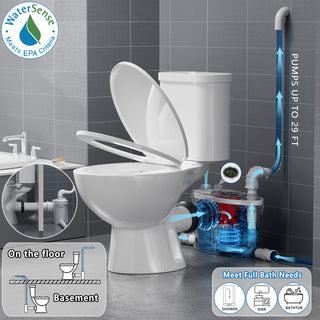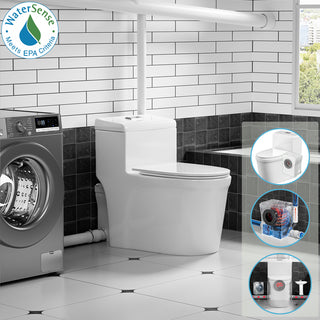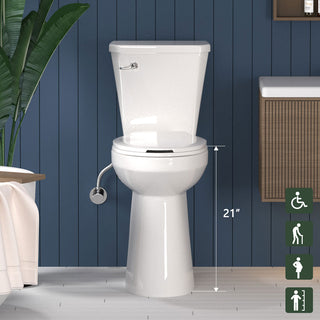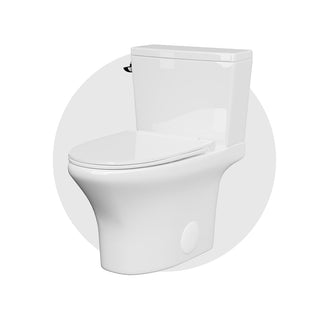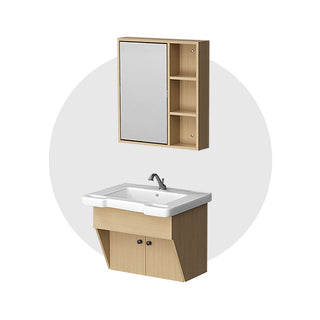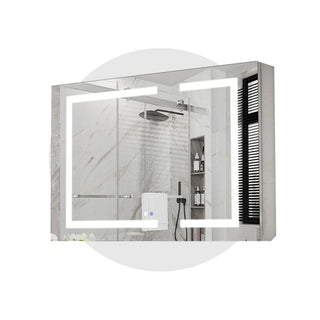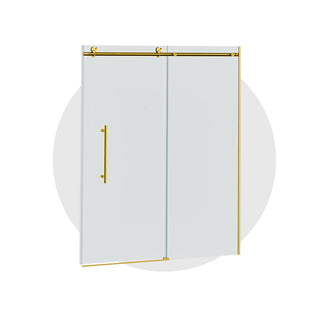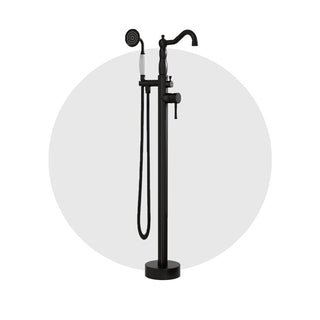Not sure whether your toilet is an S-trap or a P-trap? You’re not alone—many homeowners ask this when planning to replace or upgrade their toilet.
The good news is: you can often tell just by looking at how your toilet connects to the drain system. That’s because a toilet’s trap type—S-trap or P-trap—is usually based on whether it drains through the floor or the wall.
In this quick guide, we’ll show you how to visually identify your toilet’s trap type—even if the pipes are hidden—and explain why it matters before you buy a new toilet.
Visual Clues: How to Tell the Difference
🔍 Check the Drain Pipe Location
The easiest way to tell is by looking at where the drain pipe connects:
✅ If the drain goes into the floor ➤ S-trap
✅ If the drain goes into the wall ➤ P-trap

✅ If it’s a wall-mounted toilet or uses a macerating pump ➤ P-trap only

📷 Tip: Stand beside your toilet and look at the base or back. You may see the pipe going straight down or straight back—this is your best clue.
👀 What If the Pipes Are Hidden?
If your toilet has a skirted base, you may not be able to see the drain pipe directly—but you can still make an educated judgment based on the visible connection points.
✅ Rear Outlet / Wall-Drain Toilets (P-Trap):
- Look for a outlet pipe or PVC extension connecting into the wall, usually visible at the side of the skirt base
- Example: Some skirted rear outlet toilets, like MaceratingFlo's rear-discharge model, clearly show this type of wall connection.

✅ Floor-Drain Toilets (S-Trap):
- You typically won’t see any pipe connected to the wall
- The wall behind the toilet is usually left clean or blank, and all plumbing is concealed underneath the base.
Still Not Sure?
If the visual check doesn’t help:
- Look up the model number or manual for drain direction
- Send a photo to the seller or customer service
- Or ask a plumber to quickly inspect
Can You Replace an S-Trap Toilet with a P-Trap One?
Technically yes—but it’s not always simple.
🔧 Changing from an S-trap (floor drain) to a P-trap (wall drain) usually requires:
- Relocating the drain pipe
- Cutting and patching walls or floors
- Hiring a licensed plumber
This kind of conversion can be both disruptive and expensive.
Likewise, replacing a P-trap toilet with an S-trap model faces similar issues—you’ll still need to reroute the drain pipe, just in the opposite direction.
👉 Before considering a conversion, the simplest and safest solution is to choose a toilet that matches your home’s existing drain configuration—either S-trap or P-trap.
Conclusion: Know Before You Replace
The right toilet starts with the right connection. Before buying a new toilet, take a few minutes to check your trap type. It’s a small step that saves you from big installation headaches later.
📌 FAQs
Q: How do I know if my toilet is S-trap or P-trap?
Look at the drain connection. If it goes into the floor, it’s an S-trap. If it goes into the wall, it’s a P-trap.
Q: Can I replace an S-trap toilet with a P-trap toilet?
Yes, but you’ll need to reroute the drain pipe, which can be expensive. In many cases, it’s easier to choose a toilet that fits your existing trap.
Q: Are S-trap toilets up to code?
Yes. While bare S-trap plumbing fixtures are banned under modern U.S. plumbing codes (IPC 1002.3, UPC 1004.1) due to siphoning and venting concerns, the built-in S-trap design used in floor-drain toilets is explicitly exempt under Section 909.2. It remains legal when properly installed, especially in existing homes.
Q: Do wall-mounted toilets use a P-trap?
Yes. All wall-mounted toilets are P-trap by design, since they connect through the wall.
Q: What if I can't tell where my toilet drains?
Try checking behind the toilet, looking at the manual, or contacting the seller with a photo. If needed, a plumber can inspect it for you.


